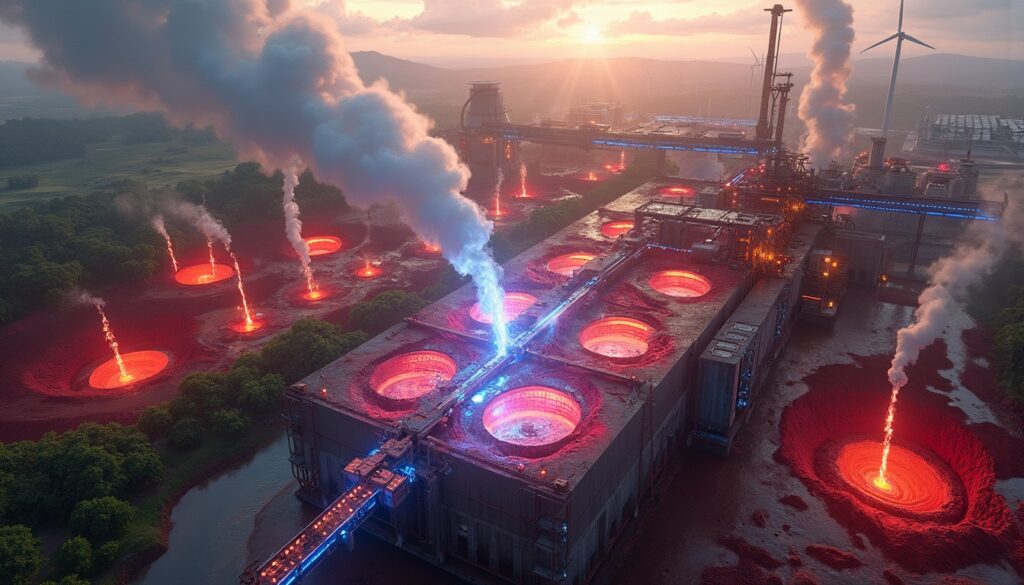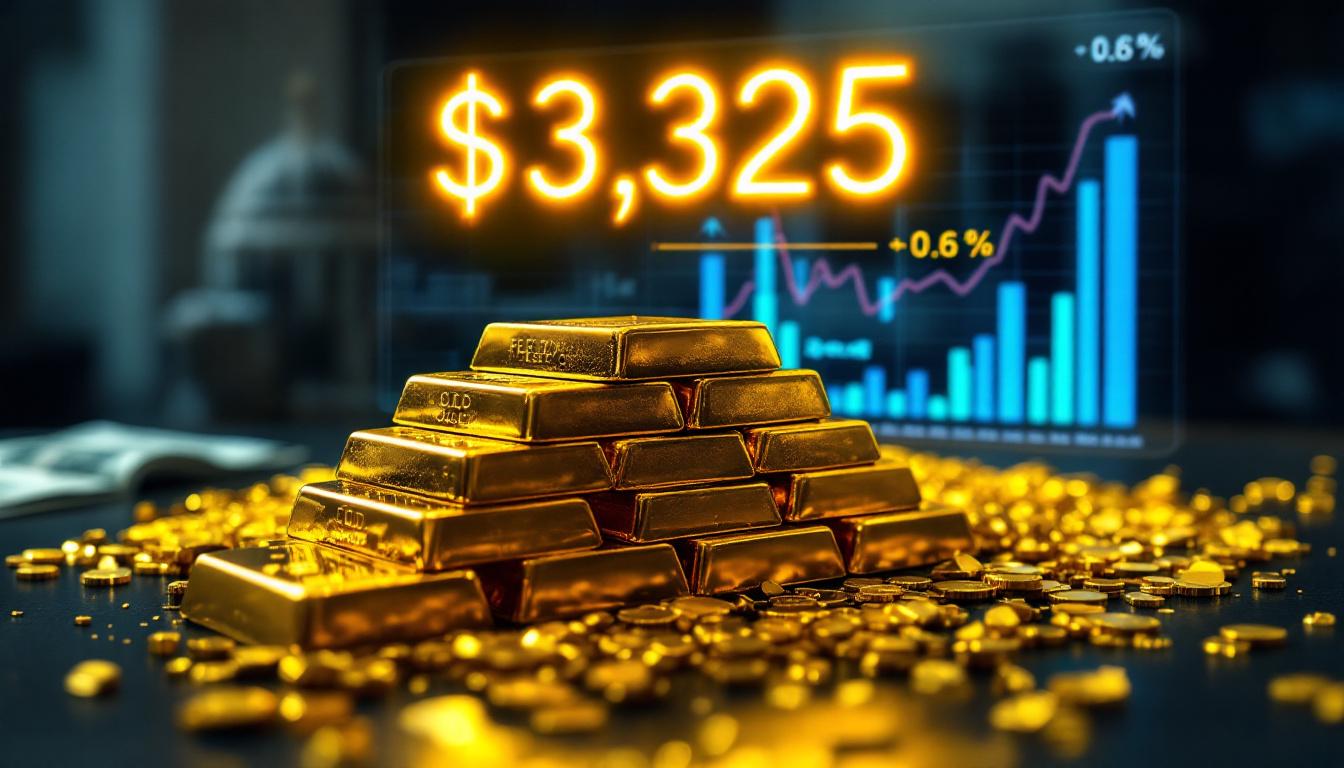Flash Joule Heating (FJH) technology is pioneering a shift in recycling industrial waste. It is a breakthrough for methods like MTM Critical Metals Vedanta bauxite tailings recycling 2025. MTM Critical Metals has developed its proprietary process to recycle bauxite tailings effectively and sustainably.
This innovative approach demonstrates the role of mining in the clean energy transition by rethinking how hazardous wastes can be treated. The new process contrasts sharply with older, more polluting methods.
Flash Joule Heating involves rapidly heating red mud to extremely high temperatures for milliseconds using precise electrical pulses. This brief but intense heating enables selective removal of valuable metals. The process exploits the different conductive properties of elements.
Rapid heating vaporises many impurities and offers a cleaner separation that minimises waste. In comparison to chemical treatments like long-term dry stacking, this method dramatically reduces both processing time and chemical reliance. It also supports decarbonisation in mining and the clean energy revolution.
Traditional approaches have left billions of tonnes of hazardous tailings untreated. MTM’s method not only mitigates environmental impacts but also creates an economically viable process. The improved approach has further reached global industrial discussions on sustainability.
Pilot tests confirmed that this process effectively reduces iron contamination while facilitating the extraction of valuable metals. Significantly, the process underpins innovations in systems such as MTM Critical Metals Vedanta bauxite tailings recycling 2025, leading towards a more sustainable future.
Globally, red mud recycling is an urgent environmental challenge. Over four billion tonnes of red mud are stored worldwide, in tailings deposits that are often poorly managed. These tailings pose risks to adjacent ecosystems, local groundwater supplies, and human populations.
The buildup of hazardous waste makes addressing this issue a regulatory and ethical priority. Red mud contains harmful constituents such as iron oxide, alumina residues, silica, and caustic soda. The high alkalinity, with pH between 10 and 13, increases its toxicity.
One notorious incident was the Ajka alumina plant spill in Hungary in 2010. That dam failure released approximately one million cubic metres of toxic red mud, resulting in injuries, fatalities and lasting ecological damage. The event heightened public and governmental demand for safer tailings management.
The composition of red mud belies its hazardous reputation. Red mud contains significant quantities of critical metals like aluminum, titanium, scandium, gallium, and rare earth elements (REEs).
Typical concentrations include aluminum (5–20%), titanium (2–12%), scandium (up to 100 grams per tonne), gallium (50–80 ppm) and various REEs (100–500 ppm). This suggests that, when processed correctly, the tailings offer millions of tonnes of recoverable strategic metals.
With increasing demand for these metals in EVs, renewable energy systems and advanced electronics, domestic recovery is crucial. This strategy could boost supply chain resilience by reducing import dependency and further supports transforming the mining industry through ESG initiatives.
A pivotal partnership between MTM Critical Metals and metals giant Vedanta promises to revolutionise aluminium production. The memorandum of understanding sets out a 12‐month collaborative framework to scale up MTM’s recycling technology.
This alliance underscores significant technical and strategic changes that will cut down Vedanta’s environmental liabilities. The process, starting by 2025, is a prime example of MTM Critical Metals Vedanta bauxite tailings recycling 2025 in action.
Vedanta’s integration metrics indicate that using advanced recycling techniques will not only recover crucial metals but also reduce waste volumes. Improved sustainability scores further position the partnership as a model for future industry practices.
Industry experts predict that such collaborations could lead to mining industry predictions and future opportunities that reshape the economic landscape of mining.
The economic benefits of adopting Flash Joule Heating technology are substantial. Recycling previously discarded tailings opens up lucrative revenue streams while offsetting initial capital investments.
Valuable metals such as gallium and scandium command high market prices; scandium, for instance, is priced from £2,500 to £4,000 per kilogram. In addition, reduced environmental liabilities offer considerable savings, making the process economically compelling.
Industrial financial analysis suggests that further efficiencies in the process could lower costs even more. With improved methods, the technology will continue to support sustainable projects like MTM Critical Metals Vedanta bauxite tailings recycling 2025.
A surprising benefit of red mud recycling is its potential for green cement production. After iron is removed, the remaining material can serve as a raw material for 'green' cement additives.
Michael Walshe, CEO of MTM Critical Metals, has noted that, “since our technology can recover the iron, the remaining metals in red mud can create a sustainable cement additive.” This additive can lower the carbon footprint of cement production.
Cement manufacturers using these additives can achieve CO₂ reductions between 15–30%. Industries optimising their processes have begun to report additional benefits, including reduced waste and energy consumption.
Such initiatives are parallel to advancements in green aluminium production and sustainable metal initiatives. They contribute to a broader commitment to circular economy principles.
Scaling up the Flash Joule Heating process comes with technical challenges. One challenge is ensuring that the technology performs efficiently at industrial scales. Currently, the process is optimal only at smaller volumes.
Engineers are working on adapting the system to handle larger quantities while retaining precision. Another challenge is energy consumption; high power levels may raise operational electricity demands, necessitating the integration of renewable energy sources.
Innovative collaborations with partners such as Vedanta are underway to overcome these hurdles. These advances continue to inform and improve MTM Critical Metals Vedanta bauxite tailings recycling 2025.
The project aligns well with the principles of the circular economy for mining. Instead of disposing of waste, the circular model transforms it into valuable resources.
Circular economy principles reduce the environmental footprint and support sustainable production practices. Many global initiatives have shown that turning waste into resources offers both environmental and economic benefits.
Embracing these principles positions companies like Vedanta and MTM Critical Metals as leaders in sustainable development. They actively pursue projects that demonstrate a commitment to efficient waste management.
Future applications of Flash Joule Heating technology extend far beyond bauxite tailings. MTM Critical Metals is exploring adaptations of the process for other mining wastes such as nickel laterite tailings and copper slag.
There is potential to integrate FJH with complementary recovery technologies, increasing its applicability across the mining sector. As the technology evolves, its robust performance may unlock new industrial applications.
For example, the process has already attracted attention from international stakeholders, inspired by news on innovative metal recycling.
Other media outlets have reported on its success, citing aluminium waste recycling developments as a model for future industry practices.
Below is a summary of key points regarding this innovative technology:
- Flash Joule Heating rapidly heats red mud, enabling cleaner metal separation.
- The process drastically reduces chemical reliance compared to traditional methods.
- Recovery of valuable metals creates new revenue streams and reduces environmental liabilities.
- The MTM-Vedanta partnership is set to scale these innovations by 2025.
How does the recycling process support sustainability?
The MTM Critical Metals Vedanta bauxite tailings recycling 2025 initiative reduces reliance on virgin materials. This approach decreases CO₂ emissions, supports local supply chains and fuels a broader movement towards sustainable practices in the mining industry.
What makes Flash Joule Heating a superior method?
Its ability to rapidly process waste with minimal chemical input and lower energy requirements makes FJH a technologically superior, environmentally sound approach. Researchers are confident that continued improvements will further enhance its industrial viability.
Will this technology influence other sectors?
Yes, the scope of the process suggests future applications in other mining streams and sustainable industrial practices. Its integration with renewable energy sources and complementary technologies could set a benchmark for responsible manufacturing practices.
In summary, the advancements in Flash Joule Heating technology not only address critical issues with hazardous waste management, but also transform waste into valuable resources. The ongoing progress in MTM Critical Metals Vedanta bauxite tailings recycling 2025 promises to reshape aluminium production, making it more efficient and sustainable.
Industry leaders are optimistic that continued innovation will bring substantial environmental, economic and technical benefits. As more companies adopt these best practices, the future of mining looks set for a significant, positive transformation.
Want to Discover the Next Mining Innovation Before the Market Does?
Track breakthrough technologies like Flash Joule Heating with Discovery Alert's proprietary Discovery IQ model, which provides real-time notifications of significant mineral and technological advancements on the ASX. Start your 30-day free trial at Discovery Alert today to gain immediate insights before these innovations reshape the market.




